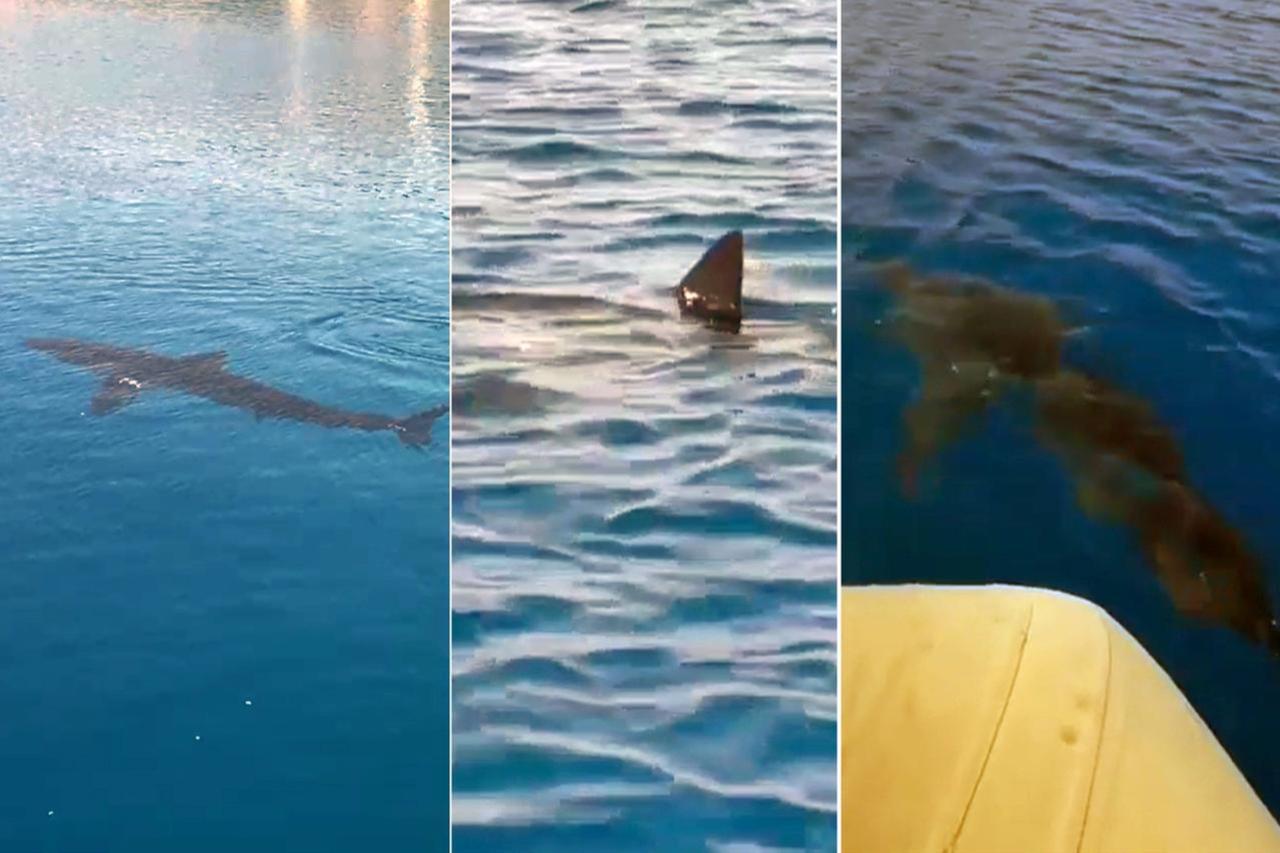
Amid growing concern over alleged sightings of 4-5 meter long sharks along Türkiye’s coastline, a prominent member of the Fisheries and Aquaculture Science Committee at the Ministry of Agriculture and Forestry has firmly denied these claims. Speaking to Hurriyet, Professor M. Cengiz Deval stated that there is no scientific basis to support the idea that giant sharks are migrating from the Red Sea to Turkish waters due to climate change.
According to Deval, while 43 species of shark can be found among the 77 types of cartilaginous fish in the Mediterranean Sea, only a few of them grow as long as 4 to 5 meters—and these species already exist in the region naturally. Most, he explained, inhabit deep waters and do not pose any threat to humans.
Contrary to fears fueled by online videos, Türkiye’s shark population plays a crucial role in the marine ecosystem. By preying on weak or sick individuals, sharks help maintain the balance and health of other fish populations. As top predators, they contribute to the sustainability of fish stocks, which are essential for both ecological and commercial purposes.
Deval also pointed out that Türkiye has taken concrete steps to protect these species. Since 2018, the Ministry of Agriculture and Forestry has gradually increased the number of shark and ray species under protection. The number of cartilaginous fish species listed as banned from fishing has risen from 12 to 25.
Reports of sharks being spotted off the coast of Antalya and other parts of the Mediterranean have been circulating on social media. However, Deval linked the recent increase in visibility to the activities of recreational fishermen rather than a rise in shark populations or migration from foreign seas. He stressed that this visibility has more to do with social media exposure than any real ecological shift.
In the Antalya Gulf, where much of the concern has been focused, most local shark species live at depths greater than 200 meters. The western side of the gulf, in particular, drops steeply to depths of up to 1000 meters due to the underwater extension of the Bey Mountains, creating an ideal deep-water habitat for sharks.
Deval emphasized that tourists and swimmers should not worry about shark encounters. The species living in these deep habitats do not approach shallow waters, and those rarely seen near the coast, such as sandbar sharks, are not dangerous to humans.
“We have never recorded a single case of sharks threatening people in Türkiye,” he said. “These animals should not be harmed.”